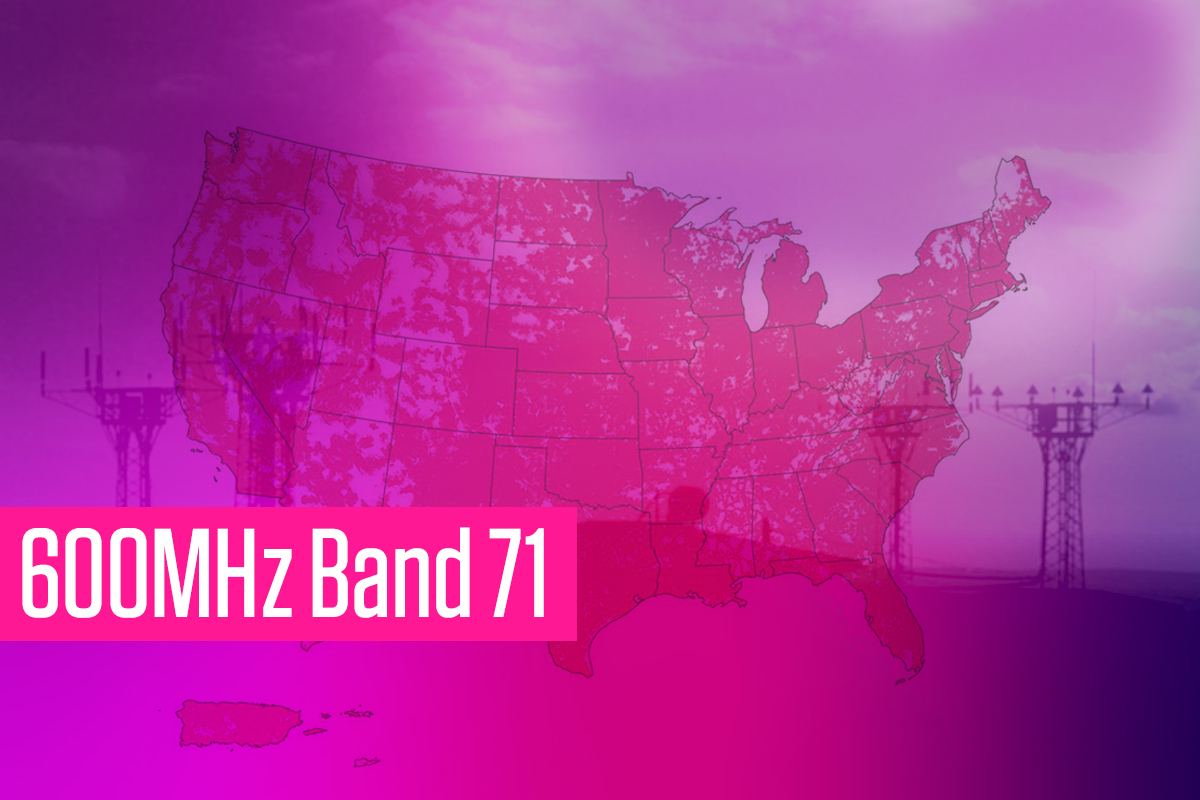What Band 71 Means for Peplink Users
If you need a refresher, band 71 is a low-frequency, 600 MHz band T-Mobile purchased in 2017. This frequency range travels twice as far and works four times better in buildings than conventional LTE bands. Band 71 also provides better coverage in remote areas and in homes. The frequency band is expected to become more widely available with the recent merger of T-Mobile and Sprint.








